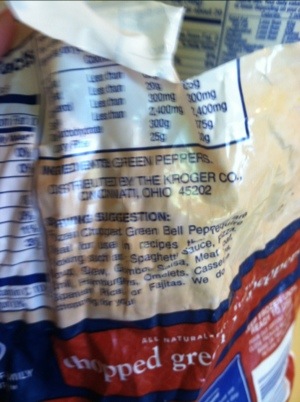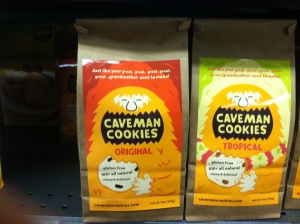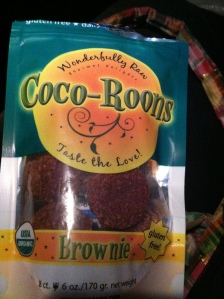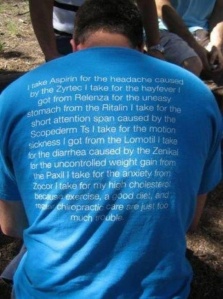Stores like Whole Foods and Trader Joe’s are great resources for healthy eating. Many products are truly organic, free from artificial ingredients, minimally processed and better for you, unlike many foods found in traditional grocery stores. But simply shopping at a “healthy store” does not mean it’s a free for all. A processed food is a processed food, whether you buy it at Whole Foods or you buy it at Kroger.
This post from Food Babe highlights some specific products at Trader Joe’s that are examples of some unhealthy foods found at a health food store. Like the front of a product’s package, the promises of a store like Trader Joe’s and Whole foods are not necessarily followed through in every product. The best and only way to know for sure if what you’re buying is indeed as healthy as it claims to be is to read the ingredients list.
Don’t get me wrong- Trader Joe’s and Whole Foods are some of my favorite places to shop. They have some hard-to-find products that certain recipes call for (often at cheaper prices than a regular supermarket,) and they carry good brands of meats and certified organic produce. But for certain foods (frozen vegetables, for instance) you may be able to purchase an equivalent product at a regular grocery store for less money.
Some good rules to follow when navigating any store:
- Look for products with the official logos for non-GMO/organic/gluten free. Companies can pretty much claim anything they want out front to get you to pick it up in the store, but they can’t put a certified logo on their product unless it’s true.

- Look for products with the least amount of ingredients. You think those “mixed frozen veggies tossed in olive oil and seasonings” is just that? Think again. Lots of other chemicals and ingredients are included that the front label says nothing about.
- Shop towards the perimeters of the store. Avoid the aisles with boxes and bags and opt for the fresh fruits, vegetables and meats–items that don’t have nutrition labels at all. A bag of chips at Trader Joe’s isn’t necessarily that much better than a bag of chips from Walmart, so focus on the foods that are worth the trip.






























